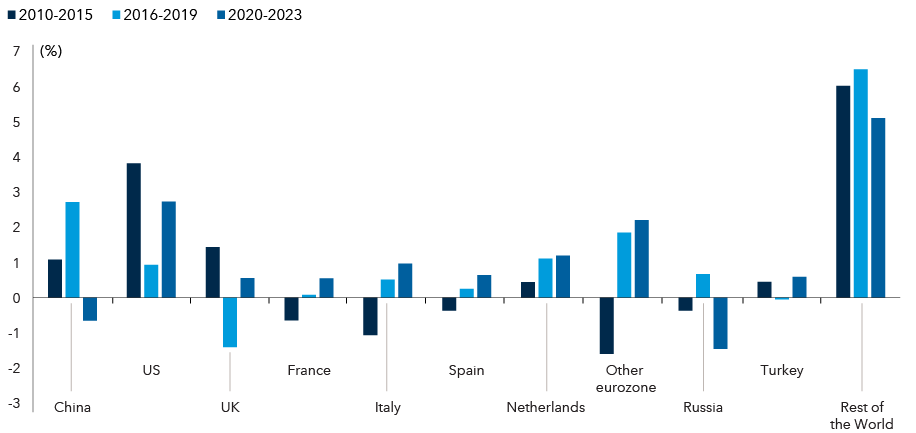Can Europe’s largest economy adapt to a shifting global landscape?
admin 2024-05-30 15157
As the world rapidly digitises and the automotive industry embraces electric cars, Germany risks falling further behind countries such as China that have developed their technological capabilities. On a comparative basis, Germany’s labour costs exceed other manufacturing regions. Adding to its struggles is stagnant labour productivity as Germany’s aging population retires or shifts to part-time work. This trend doesn’t bode well given Germany’s historic strength producing leading-edge automobiles and dominating the manufacturing of equipment, chemicals and pharmaceuticals.
However, in spite of intensifying concerns around deindustrialisation, German manufacturing is quickly adapting to the new economic paradigm.
Germany had previously imported over 50% of its natural gas from Russia. Manufacturing output declined by much less than was feared, and GVA rose by 0.25% last year. Germany has been able to source gas from areas such as Norway and the Netherlands, while also developing its own liquefied natural gas infrastructure. Germany has also gained ground in trade with the eurozone, the US and other parts of the world.
German firms seek to broaden trade partners
Contributions to German export growth

Data as at 31 March 2024. Source: International Monetary Fund Direction of Trade Statistics